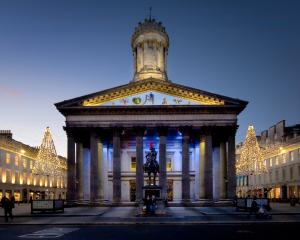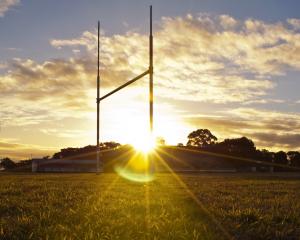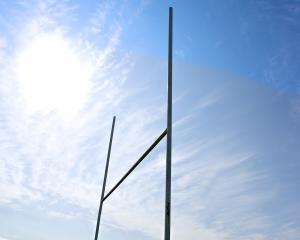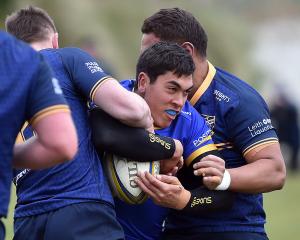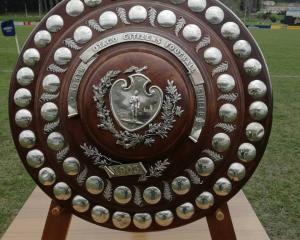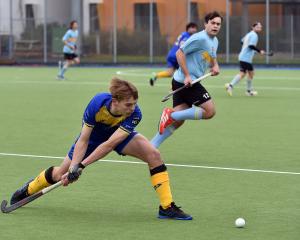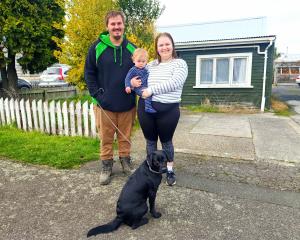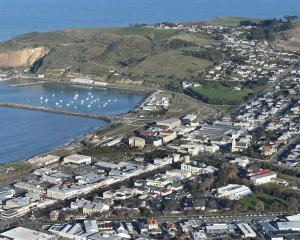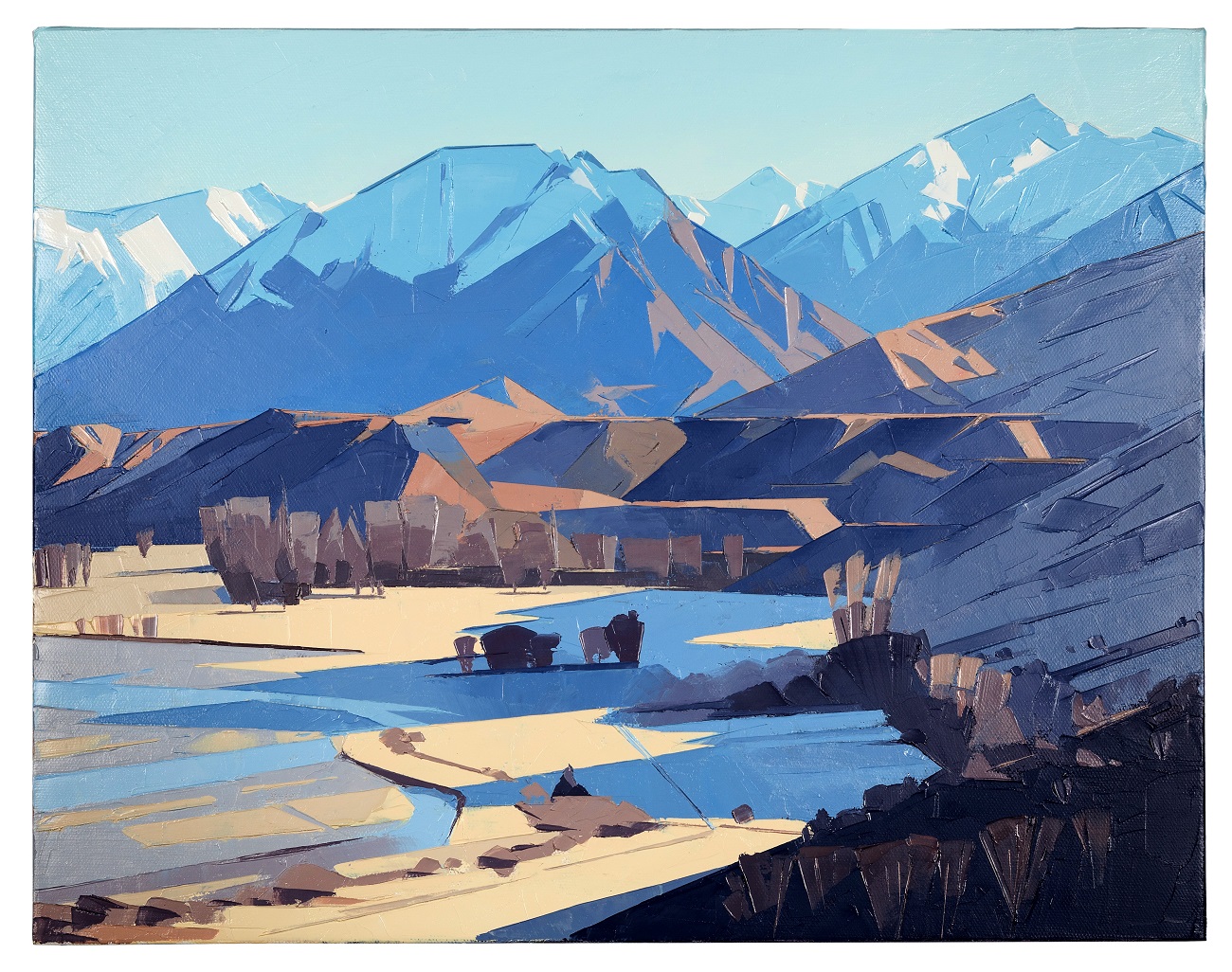
Driving Skippers Rd with its vertical cliff faces is probably not the best time to find out your new bride is scared of heights.
Forty years ago, John Gillies and his wife Jenny were on their honeymoon and Gillies was determined to show her the "breathtaking wonderland" of Skippers Canyon in the Queenstown backcountry.
Only she could not quite appreciate it. Terrified, she screamed and Gillies reacted by evicting her out of the car.
"Not a good start to our honeymoon."
But he turned around on the narrow cliff-side dirt road and headed back to civilisation with his wife. It was to be 40 years before Gillies got back to Skippers.
It is a story he tells in a new book Skippers Canyon History, Art and Adventure.
"It’s quite an extraordinary experience. It’s something I’ve wanted to do lifelong but the opportunity was never there."
Gillies, who was Canterbury District Health board clinical director of respiratory medicine until 2006 and a father of four, finally managed to get back to Skippers about 10 years ago. This time a local farmer was behind the steering wheel leaving him to scout for future painting scenes.
"I was absolutely blown away. I’d been several places around the world, I haven’t done everything but I’ve done Yosemites, Europe, Switzerland and places like that and I have to say this place’s magic has just drawn me back."
His aim was travel right through the canyon choosing places to stop on the way that were particularly attractive and suited to his style of painting.
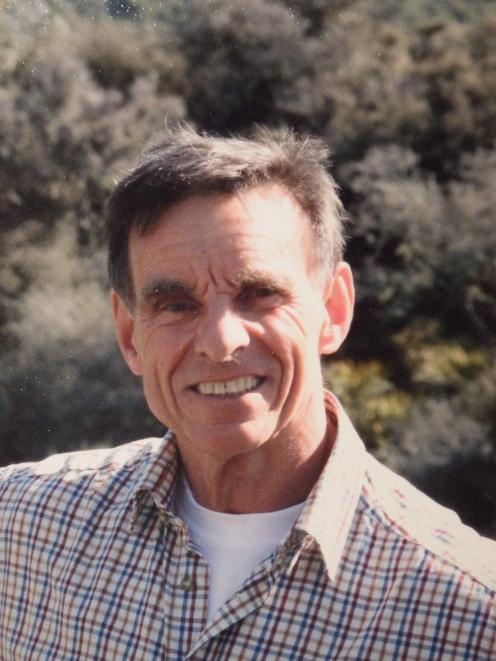
While he did not want it to be a history book, he wanted to include snapshots of information, a "brief resume" relating to his paintings such as how the first settlers of the canyon were farmers, rather than goldminers, who established Mt Aurum Station and built the Mt Aurum homestead in 1867 (it burnt down in 2018).
"Farming in such remote conditions presented a unique set of challenges, getting shearers in, trucks and wool bales out. All these problems arose out of the isolation of the place."
On one of his trips, they were about to turn back due to the cloudy weather conditions when the sun came out. They discovered a wee cottage or "shanty" that had been preserved. Other small buildings tucked away in bushes that he had not seen on first glance became apparent.
"It’s a fabulous scene and Strohles Hut, he was an early miner who built a fabulous stone hut, and it was just so paintable, it was brilliant. There were a lot of fabulous artistic discoveries on the journey."
They went through the farm at the end of the canyon called The Branches and up to the start of the Shotover River.
"It’s quite impressive, a fabulous journey."
It was on this trip, when he arrived at Campbell’s Saddle and looked out at Mt Campbell and below it Branches Flat and the Shotover River that became pivotal for him.
"This majestic scene I will never forget, and instantly, I knew that for me, it would become my turangawaewae, my spiritual home."
The key to the whole project was the generosity of Gillies’ driver.
"Without him it would have been impossible. I was watching furtively all the way through for scenes and didn’t have to watch the road. If I’d been the driver I think I would have missed most of the good scenes. I’d yell ‘stop’ and we’d grind to a halt and out I’d get."
While he painted the scenes he recorded during that trip from photographs over 10 years, it surprised him how well he covered the journey from start to finish.
"I just selected scenes that I thought were fabulous. I hoped I didn’t have a cluster at one end or another. Generally speaking I’ve covered the entire journey. I was actually quite pleased to see that."
There are some clusters of paintings, mostly in areas where there were groups of interesting buildings, like at The Branches.
"Like an old shearers cottage that is just about falling down and the farm sheds, they in themselves make interesting subjects in the early morning or late evening light."
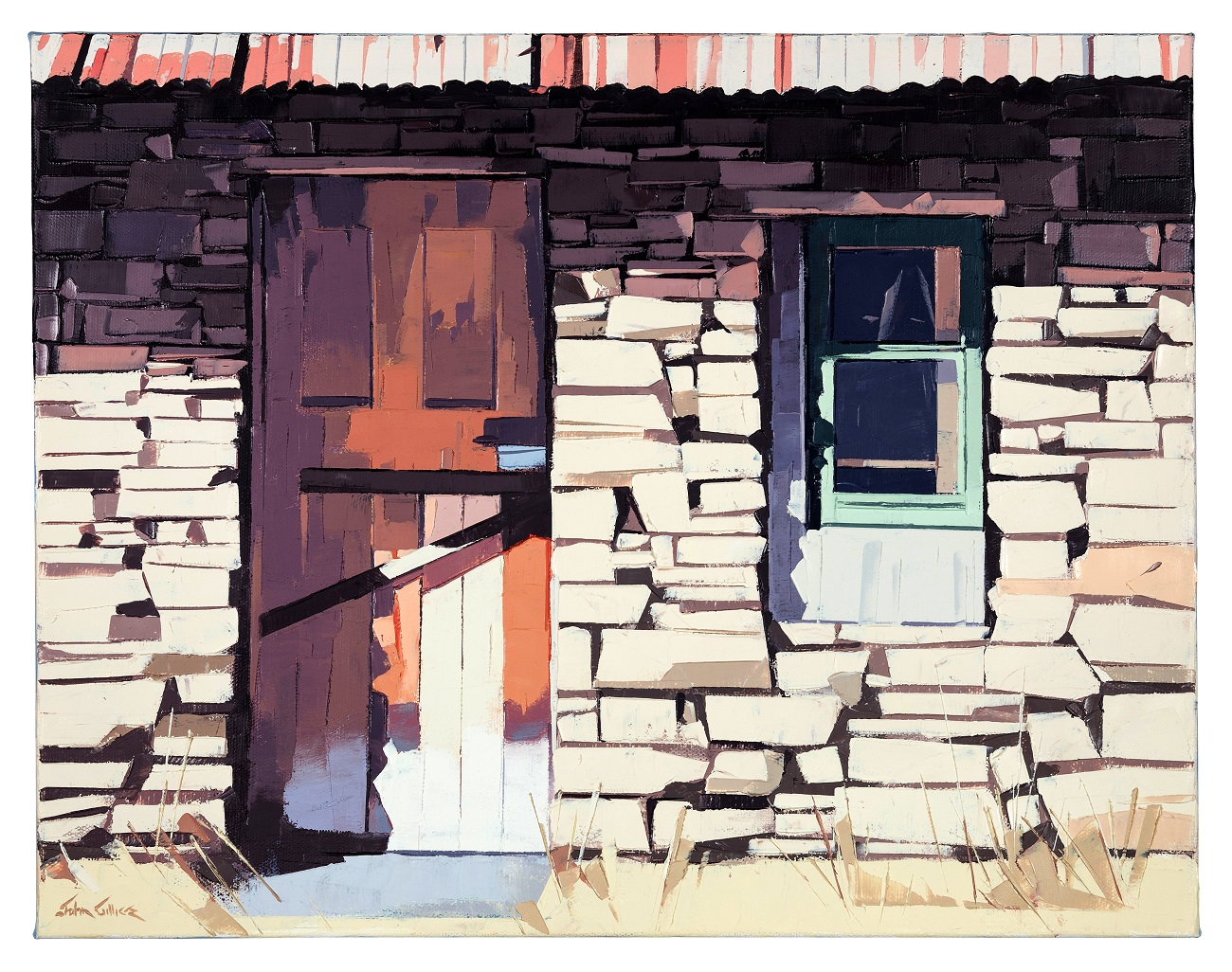
Having been interested in art since an art teacher showed him how to draw a human figure when he was around 12 he was fascinated by the knife and decided to give it a go.
"The reason I like the technique is that it gives amazing texture and definition you can’t get with the brush."
He produced his first palette-knife painting on the shores of Lake Wānaka while on holiday and continued to paint using that technique until his early 20s when he met the late artist Peter Beadle in Invercargill.
His advice was to throw away the knife and learn how to use a paint brush. Then use the palette knife as "a means of highlighting important areas for maximum effect".
"That was very good advice and is the advice I use to teach my students. Palette knife painting is difficult no doubt about that and if you haven’t acquired the skill of using the brush you make it so much more difficult.
"What you have to do is mix the colours not only on the palette board but also on the canvas itself and you have to blend them in and blend them in properly otherwise they look patchy and stupid."
He accepts the palette-knife does have its limitations but subjects like Skippers Canyon are ideal for the technique, he believes.
While he uses photographs as a reference for his work, Gillies says it is the picture he takes in his mind that is the most important.
"I struggle to paint other people’s photos as I don’t have that emotive connection. The scene I photograph is in the brain. I look at a scene and figure out what it is that stands out, then I take the photo as a reminder of geographic details."
The process allows him to produce paintings people can identify with yet allows him to express what it is about a scene that is amazing.
"In a way I paint what I want to see but what I want to see can be close to what really is there."
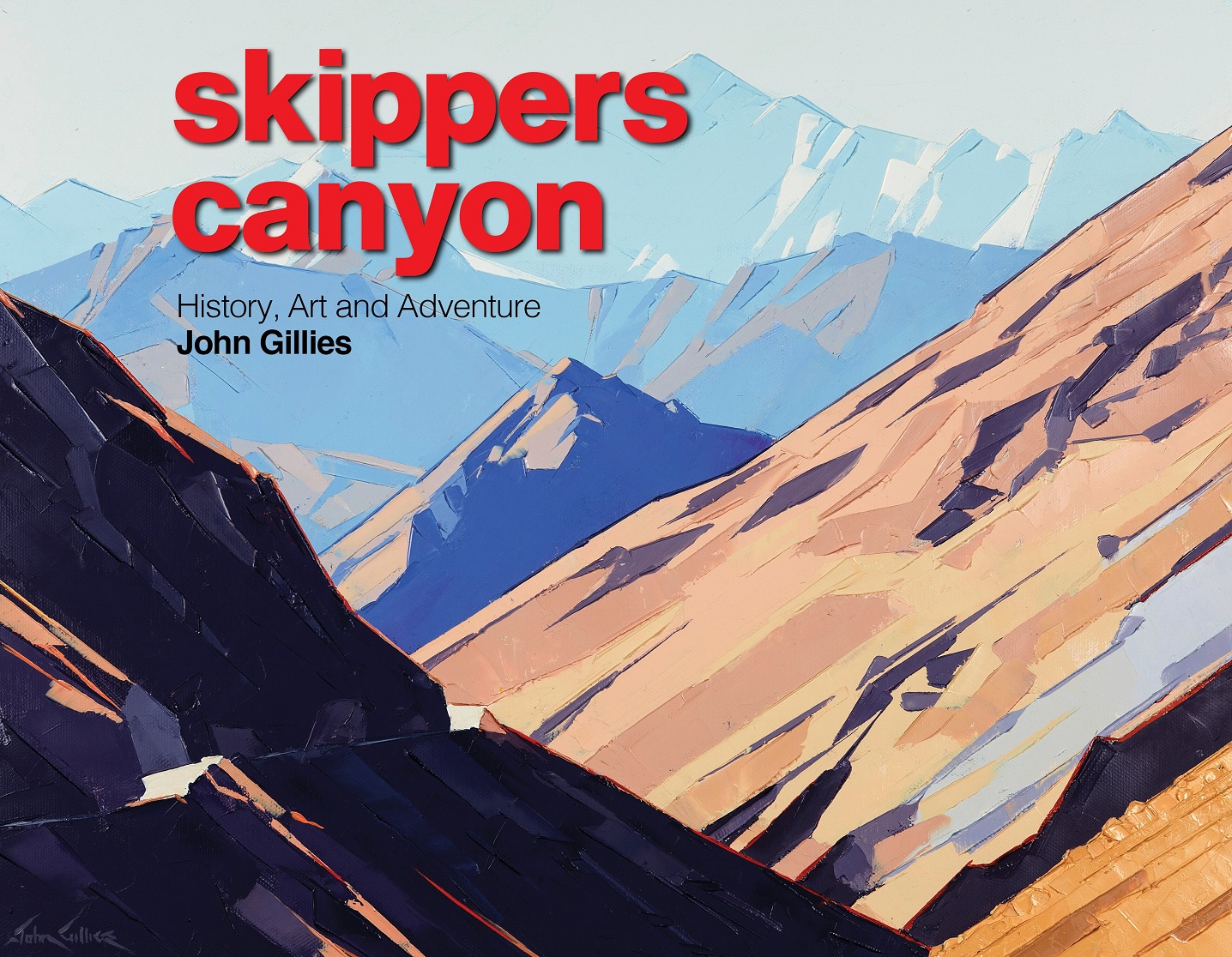
Then in the late 1980s Gillies decided if painting was a passion of his then maybe other medical professionals had similar interests.
"It’s one healthy way to provide balance in one’s life. The career I chose did have huge responsibility and that needs a balance and I realised that others in the same position might like that balance."
It gave him self-confidence and an emotive outlet during those very busy years of a growing family and shift work.
"There needed to be a balance."
So he helped create the New Zealand Association of Artist Doctors with the aim of fostering creative activities among doctors. It has an annual show including art and crafts, performers and an orchestra.
"It’s been fantastic.
"I believe most professions need some sort of balance between work and other activities. Artistic expression is unique, its emotive.
"It’s very important to do something that is self-expressive."
He hopes to get back to Skippers again one day.
"I have plans."
Book signing and exhibition
Skippers Canyon: History, Art and Adventure by John Gillies, Published by Quentin Wilson Publishing, 28 September 2023, RRP $39.95
A booking signing will be held on Saturday, November 18 from 12pm to 1pm
The exhibition of paintings from the book runs November 17 to 23


